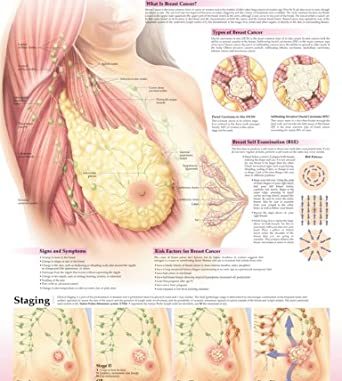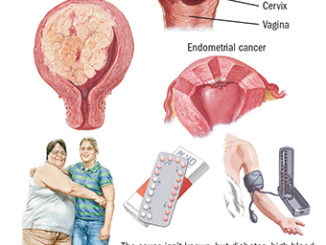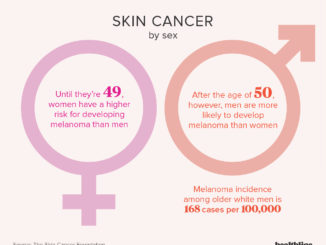
There is no sense in worrying about something that you don’t understand or know much about. Breast cancer carries the stigma of an indiscriminate killer but there is much about this disease that people do not know. If you are worried about it, you should know why it is legitimate to worry and why, in some ways, it isn’t.
Breast Cancer Statistics
According to the American Cancer Society, approximately 252,710 new cases of invasive breast cancer will be diagnosed in women in 2017. About 63,410 new cases of CIS (carcinoma in situ), the earliest and non-invasive form of breast cancer, will be diagnosed the same year. Additionally, about 40,610 women will die from the disease.
These numbers are significant as breast cancer is the second leading cause of cancer death in women, but there is another important number to put these into perspective: The total number of women living in the United States today is over 120 million, or 120,000,000 numerically. Just over three million of these are breast cancer survivors (including women who are still being treated and those who have completed treatment).
It is a dangerous disease and should be taken seriously, but it is by no means a death sentence thanks to advances in medicine and in improving understanding of the relationship of cancer to the body.
What Is Breast Cancer?
Breast cancer begins when cells in the breast start to grow out of control. These cells often form a tumor, which may be felt as a lump or seen on an x-ray. The tumor is considered cancer (malignant) if the cells invade surrounding tissues or metastasize to farther areas of the body. While the disease occurs predominantly in women, it is possible for men to get it.
Most breast cancers start in the milk ducts (ductal cancers) while others start in the glands that make breast milk (lobular cancers). There are also other, less common, forms. It is important to note that not all cause a lump in the breast, so being aware of other signs and symptoms is valuable. Any lump or change (even if just in appearance) needs to be checked by a doctor.
Mutations in DNA can cause normal breast cells to become cancerous. Certain DNA changes can be inherited from parents and can greatly increase a person’s breast cancer risk. Other risk factors include lifestyle factors such as your level of exercise and what you eat. While research is still being in conducted in this area, there is a consensus that eating a healthy diet, maintaining a healthy weight, exercising regularly, and avoiding any known risk factors can help reduce one’s risk. Hormones are also said to play a role in many cases.
How It Spreads
When cancer cells get into the lymph or blood system, it can be carried to other parts of the body. Your lymph system is a network of lymphatic vessels throughout the body that connect lymph nodes and carry lymph fluid, helping rid the body of toxins, waste, and other unwanted materials. The primary function of the lymphatic system, however, is to transport the lymph fluid, which contains white blood cells, throughout the body.
Proudly WWW.PONIREVO.COM



